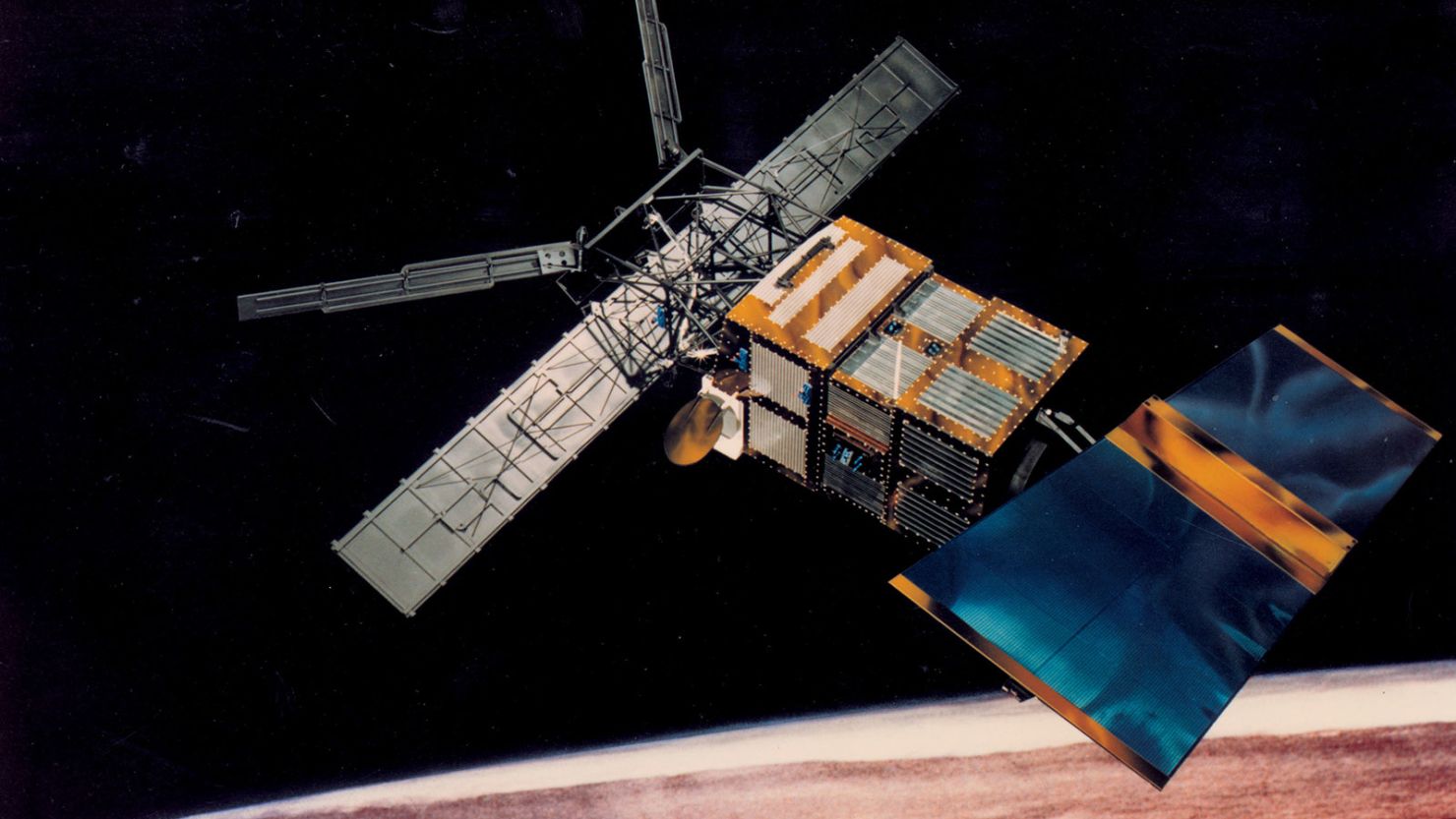Sign up for CNN’s Wonder Theory science newsletter. Explore the universe with news on fascinating discoveries, scientific advancements and more.
A European Space Agency satellite reentered Earth’s atmosphere over the North Pacific Ocean between Alaska and Hawaii Wednesday afternoon and there have been no reports of damage, according to the agency.
The agency’s Space Debris Office, along with an international surveillance network, monitored and tracked the Earth-observing ERS-2 satellite throughout February to make predictions about the reentry, which occurred at 12:17 p.m. ET Wednesday. The ESA provided continuous live updates on its website.
At around 50 miles (80 kilometers) above Earth’s surface, the satellite broke apart due to atmospheric drag, and the majority of the fragments were expected to burn up in the atmosphere. The agency said it was possible that some fragments could reach the planet’s surface, but the pieces didn’t contain any harmful substances and likely fell into the ocean.
The exact time remained unclear even in the days leading up to reentry due to the unpredictability of solar activity, which can change the density of Earth’s atmosphere and how the atmosphere tugs on the satellite. As the sun nears its 11-year cycle’s peak, known as solar maximum, solar activity has been ramping up. Solar maximum is expected to occur later this year.
The sun’s increased activity already had an impact on speeding up the reentry of the ESA’s Aeolus satellite in July 2023.
The ERS-2 satellite had an estimated mass of 5,057 pounds (2,294 kilograms) after depleting its fuel, according to the agency.
“Uncontrolled Atmospheric reentry has long been a common method for disposing of space objects at the end of their mission,” said Tim Flohrer, head of the agency’s Space Debris Office, in a statement. “We see objects similar in size or larger to ERS-2 reentering the atmosphere multiple times each year.”
ERS-2’s backstory
The Earth-observing ERS-2 satellite first launched on April 21, 1995, and it was the most sophisticated satellite of its kind at the time to be developed and launched by Europe.
Along with its twin, ERS-1, the satellite collected valuable data on the planet’s polar caps, oceans and land surfaces and observed disasters like flooding and earthquakes in remote areas. The data gathered by ERS-2 is still used today, according to the agency.
“The ERS satellites have provided a stream of data which has changed our view of the world in which we live,” said Simonetta Cheli, Director of the agency’s Earth Observation Programs, in a statement. “They have provided us with new insights on our planet, the chemistry of our atmosphere, the behavior of our oceans, and the effects of mankind’s activity on our environment – creating new opportunities for scientific research and applications.”
In 2011, the agency decided to end the satellite’s operations and deorbit it, rather than adding to the swirl of space junk orbiting the planet.
The satellite executed 66 deorbiting maneuvers in July and August of 2011 before the mission officially concluded later that year on September 11. The maneuvers burned through the rest of the satellite’s fuel and decreased its altitude, setting ERS-2’s orbit on a trajectory to slowly spiral closer to Earth and reenter the atmosphere within 15 years.
The chances of an individual person being injured by space debris each year are less than 1 in 100 billion, about 1.5 million times lower than the risk of being killed in an accident at home, according to the agency.







